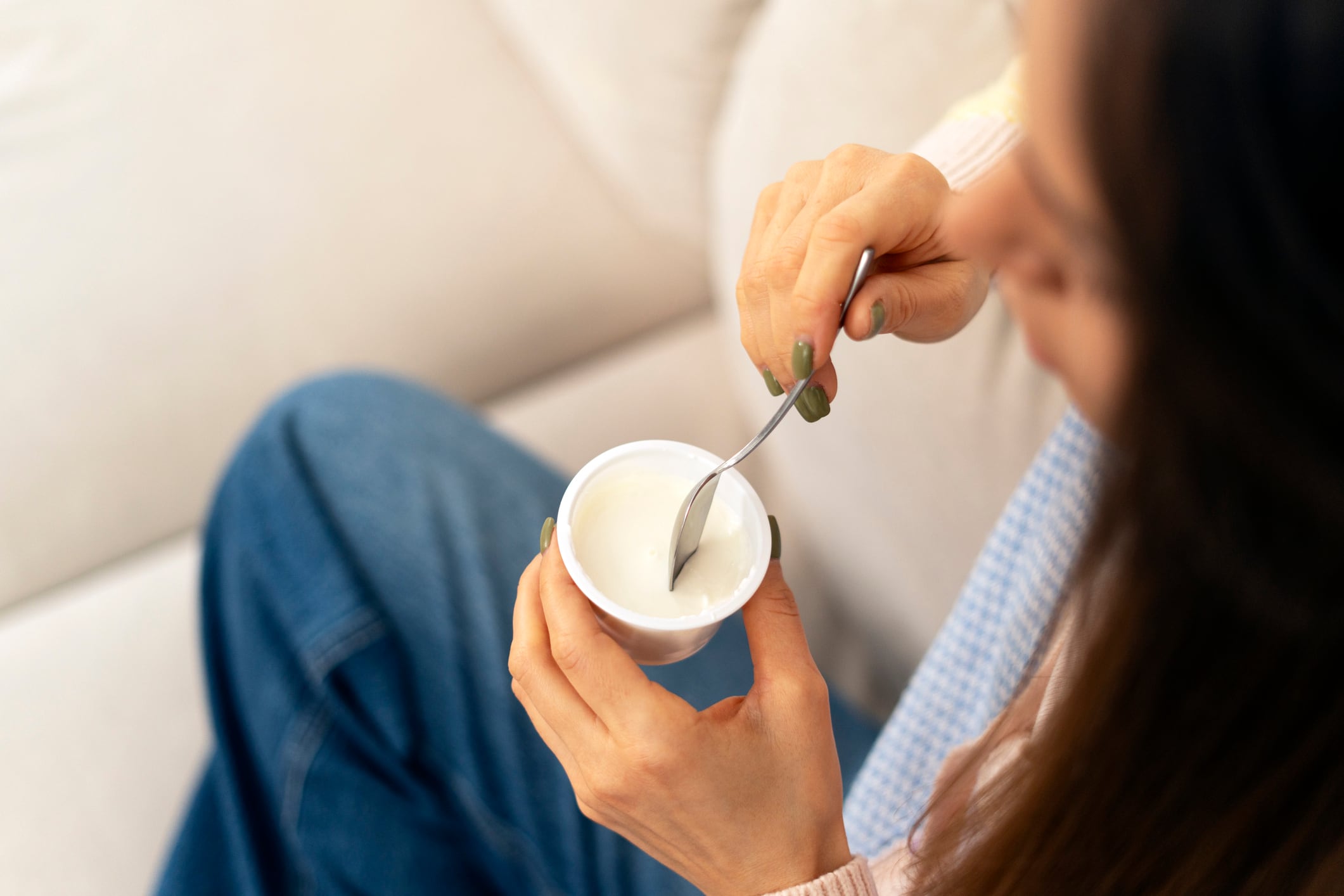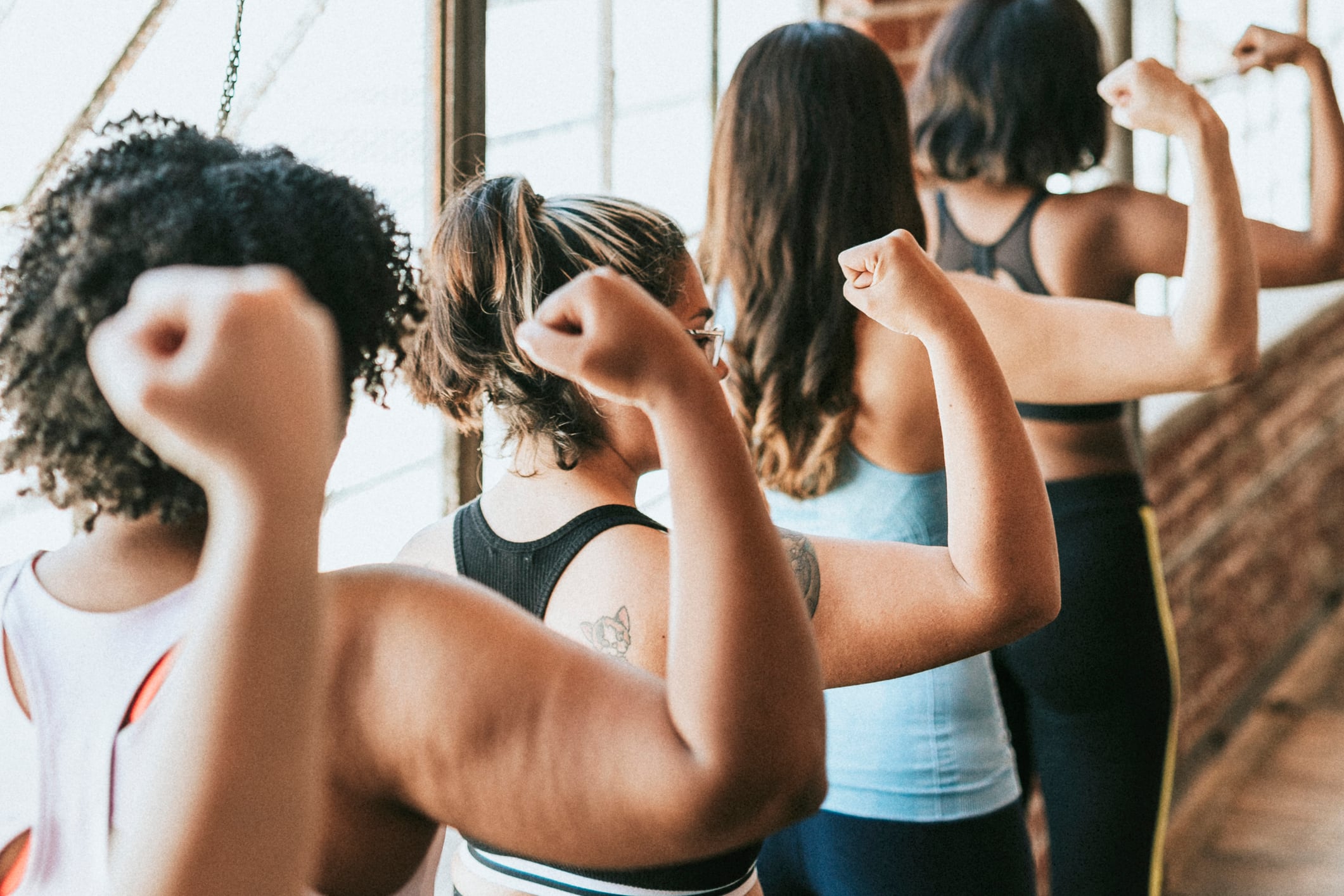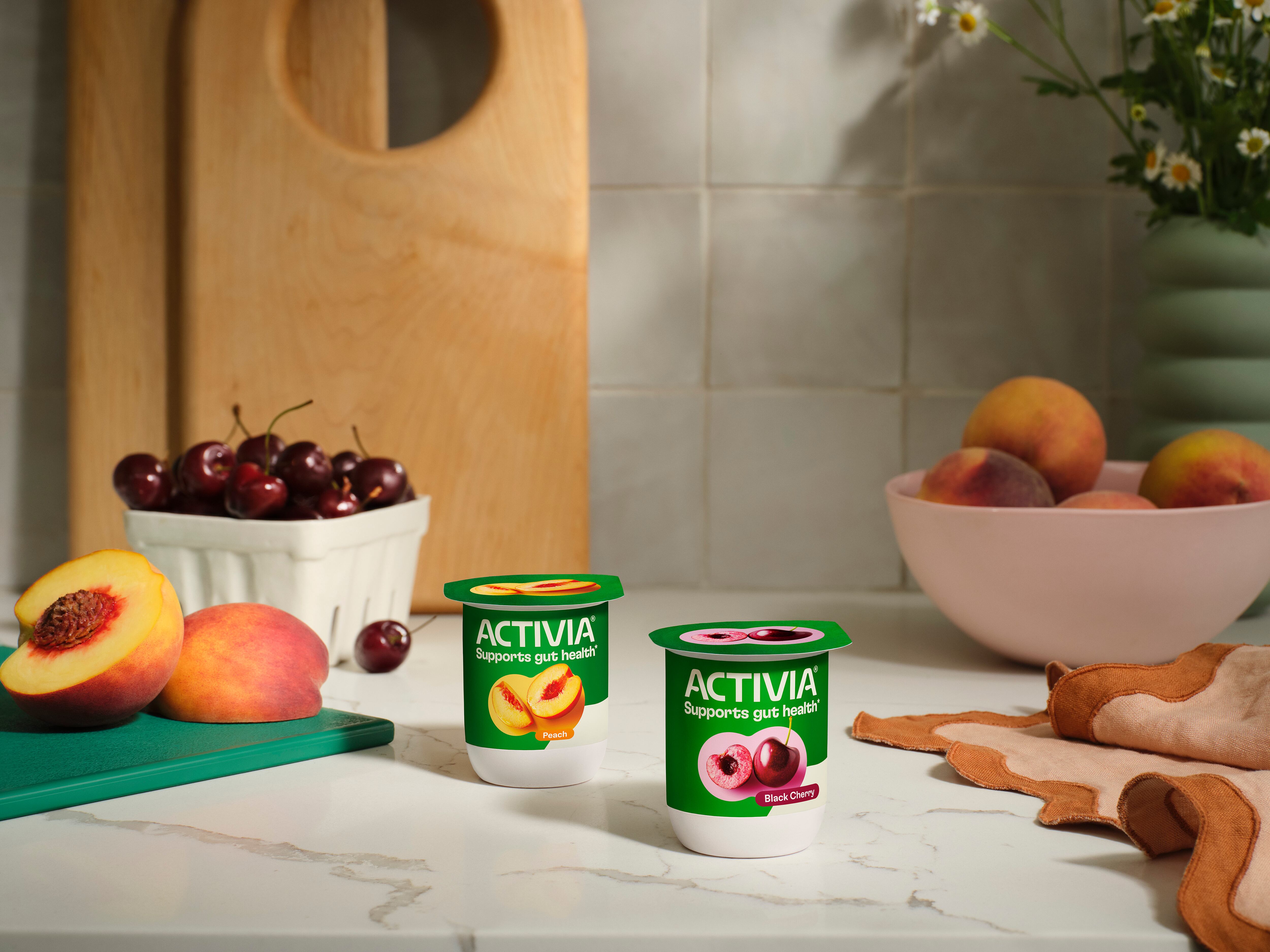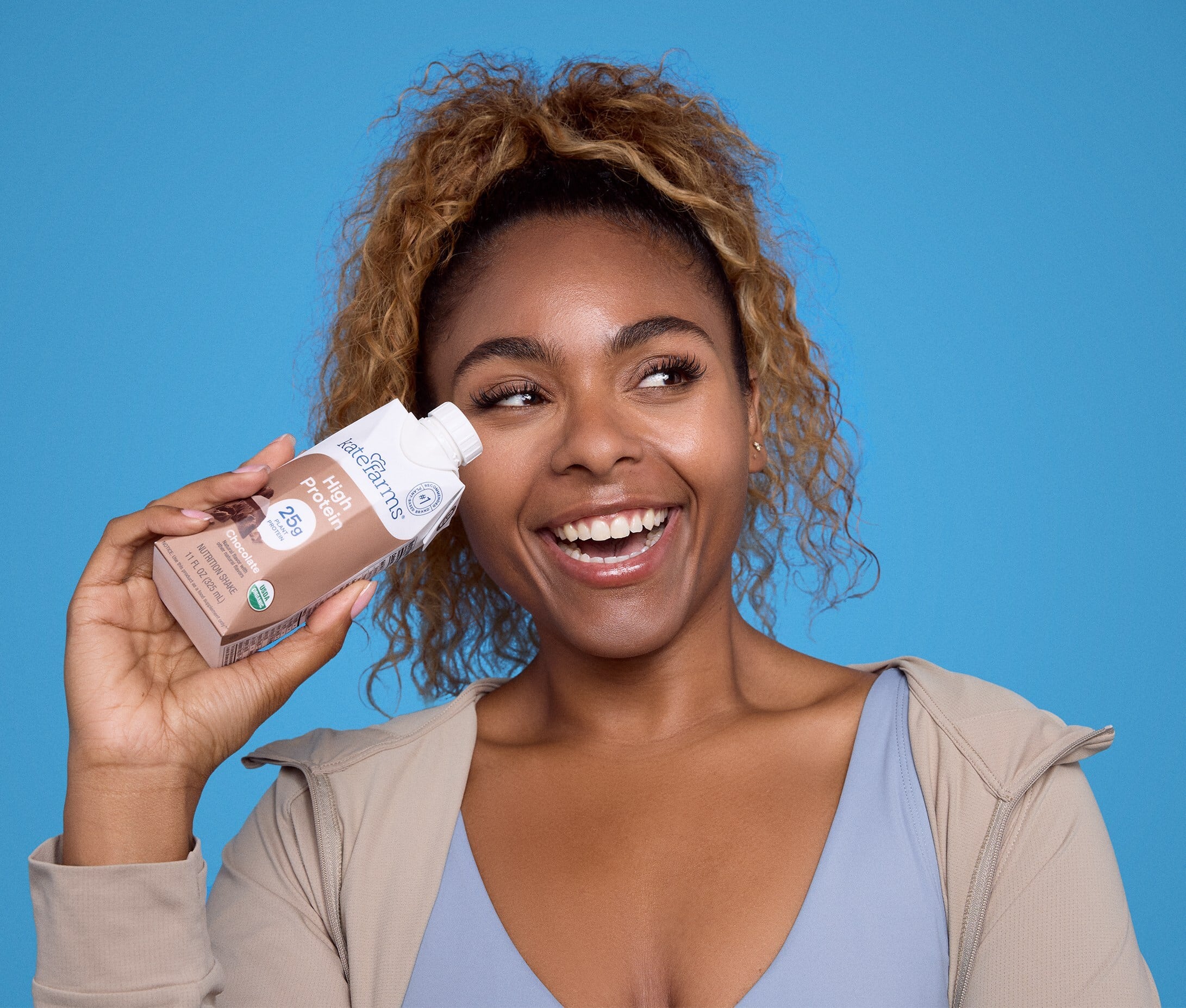Key takeaways:
- Protein demand is shifting from supplements to everyday food and beverage formats, driven by convenience and lifestyle integration.
- Women are now the leading demographic in protein adoption, especially in Asia-Pacific and North America, though their overall intake still trails past male consumption levels.
- Health motivations beyond muscle gain – such as energy, satiety, weight management, and healthy aging – are fueling female interest in protein.
- Social media and wellness trends are influencing younger consumers, particularly North American Gen Z females, to seek protein for metabolic and aesthetic benefits.
- Brands are responding with targeted innovation, launching protein-rich products for women that combine functional ingredients like collagen and fiber.
- Food formats with protein claims (e.g. yogurts, snacks, RTD drinks) are gaining more traction than traditional supplements due to accessibility and affordability.
Protein demand is still going strong, but in 2025, it’s increasingly shifting from sports nutrition and supplements to new food and beverage formats. The profile of consumers keen to increase their protein intake is also changing – with evolving health and wellness trends increasingly playing a role in both consumption and product innovation.
According to new data from data analytics company Euromonitor International, more women than men are looking to increase their protein intake in 2025 compared to 2019 – with Asia-Pacific and North America emerging as key markets.
Attitudes vary across age groups too, with women aged over 30 and over 60 in the in Asia-Pacific being the most motivated to increase their protein intake globally, along with North American female teenagers (15-19).
As for men, willingness to increase protein intake has dropped across most age groups and markets over the last six years. Why is that? “This is mainly a saturation factor,” said Nick Stene, senior global insight manager for consumer health at Euromonitor International. Media coverage of issues arising from over-consumption, such as kidney strain and elevated blood lipids, has contributed to this preference shift, the analyst added.
Today, more women are intent on adding protein to their diet, but they don’t consume as much as men did six years back, highlighting growth opportunities.
“The relationship of men with strength training is long established, and protein went through a booming period in part due to fitness influencers – a pattern now repeating with women,” Stene said.
“Women have overtaken men on the number of people adding protein, but they fall short of the protein consumption quantity in the overall diet that men reached before plateauing in peak gym culture - hence, there is growth potential yet in protein with this second wave of adoption.”
Why women want more protein

So what’s driving demand for protein among female consumers?
Carl Quash III, global insight manager for snacks at Euromonitor International, told us the market has become increasingly educated about protein’s benefits beyond muscle gain, e.g. energy, fullness, weight loss.
“Product launches have expanded positioning for active lifestyles, health-conscious consumers, and women exclusively – the shopper demographics have indeed changed,” he added. “Now, the male versus female shopper looking for products that contain protein are at about parity.”
According to Stene, the motive gap between male and female protein consumption is more about age and health concerns than gender.
“The product gap is targeting and messaging more than typology,” he told us. “We see generally across the world a rise in education happening around the benefits of protein, which gained more attention specifically because of the role in immunity during the pandemic period, beyond the appeal of protein in sports and the rising gym culture.”
“Protein remains important to men, but women are increasingly adopting behaviours like strength training that change the behaviour and motivations. Any old stereotypes around protein need to be binned.”
Nick Stene, Euromonitor International
Maria Mascaraque, senior insight manager for dairy and food, pointed out that more women are responding to protein call-outs on food and beverage products.
“According to our Health and Nutrition Survey*, when global consumers were asked whether they look for protein labels on food and drinks, 22% of women said ‘yes’, reaching towards parity with men, and up 4% versus when they were asked that question in 2019 (where the male response was stable),” she told us. “This pronounced increase among women highlights a growing interest and helps emphasize the trend of female demand for protein catching up to that of men – in their diets directly, and in their efforts to supplement on protein beyond meals.”
“As protein moves from being a fitness-driven demand to more of a lifestyle choice, more women are choosing it not only for weight management, but also for its associations with metabolic health, energy and overall wellbeing.”
Maria Mascaraque, Euromonitor International
“Increasingly, protein is being combined with other functional ingredients, such as fiber for satiety and gut health, or collagen for bone and skin health. For these reasons, women are not only equally receptive to protein call-outs, but they may be actively driving demand in categories where protein intersects with broader health benefits moving forward.”
This is further supported by emerging longevity concepts like ‘musclespan’, a term that refers to maintaining healthy muscle mass over time, we were told. “Since muscle health is closely tied to protein intake, this framing is expected to boost interest, particularly among women focused on healthy aging,” said Mascaraque.
Additionally, the rise of GLP-1 medications like Wegovy, where 70–80% of users are female, is encouraging higher protein consumption to preserve muscle mass during weight loss – a trend that’s likely to further accelerate female-driven demand for protein-rich products, the analyst explained.
Protein NPD: What’s hot and what’s not?

So what food and beverage categories are benefitting from the protein trend – and how are traditional supplements faring in comparison?
“RTD protein shakes and powders are one of the main products benefiting, with protein bars proving popular around the convenience and mobility aspect,” Nick Stene said. “They improve in the forecast in part because of a link to women’s consumption patterns on protein, although there are concerns on some bar formats around sugar intake, so one of the sub-trends we see is for clean labelling and low sugar/no sugar variants.”
Meanwhile, dietary supplementation with pills and gummies forms part of this too, particularly in relation to sports and performance support, he added.
“The investment from brands is clear across the world, and in UK in 2025 we saw two German brands enter the space, with ESN launching powders and RTD ranges featuring whey and isoclear in January 2025, and More Nutrition launching high-protein snacks, collagen peptides, and again focusing on the clear whey messaging in April 2025,” said Stene.
“Brands are leaning into protein’s trending appeal for women. In May 2025, EatProtein launched a plant-based wellness protein powder for performance and gut health, with the banner ‘Health & Wellness Protein for Women’ heading their messaging.”
Which are the high-protein food and beverage categories that are thriving, emerging or underperforming?
High protein yogurt, cheese and processed meat are positioned high in both absolute growth and CAGR (2024–2028), indicating strong and sustained consumer demand.
“These categories are benefiting from their versatility, established consumer trust and ability to deliver protein in familiar formats,” Maria Mascaraque said.
High protein pizza and cakes are expected to deliver high CAGR but low absolute growth, the analyst added.
“These are emerging categories showing strong momentum but still growing from a smaller base – they remain more niche and newer formats, yet tap into the trend of permissible indulgence, combining indulgent experiences with functional benefits in convenient formats.”
Looking at the biggest underperforming categories, expected to deliver the biggest drop in absolute growth are high protein milk (this is referring mostly to plain cow’s milk) and ice cream.
“This may reflect a combination of factors, including saturation in the milk category, and challenges in aligning ice cream with health-driven protein positioning,” said Mascaraque.
Protein foods vs supplements: What’s more appealing?
But when it comes to drawing the biggest interest from consumers, how do food and beverage products with high-protein content fare compared to more traditional protein supplementation formats?
“You get a lot more interest and potential when you call out protein on everyday consumed groceries versus staples,” Quash III told us. “Supplements tend to be more targeted and consumer captive than say a trail mix with protein or a cookie with protein.
“Products like snacks simply have a more universal appeal than supplements and thus you are able to reach more consumers. However, how you ‘productize’ the protein-containing product is also important for gender and consumer acceptance.”
Carl Quash III, Euromonitor International
The attractiveness of food and beverage formats with protein claims is related to their convenience, affordability (in comparison to supplements) and ability to fit into daily routines, added Mascaraque.
“Products like high-protein yoghurts, RTD dairy drinks and functional snacks are accessible and increasingly positioned as wellness staples,” she said. “Although supplements have always had the benefit of being more targeted, and because the protein content tended to be superior, the efficacy was a lot more tangible.”
But this is starting to blur, as more food and beverage products now offer protein content comparable to traditional supplements – and the form of delivery and format can still make an impact in this front.
North America: Why young Gen Z females are hungry for protein
Euromonitor International’s report shows that North American women aged 15-19 are trying to increase their protein intake more than any other consumer group globally. What’s driving this?
“This audience is newly buying into the value of protein and seeking metabolic, hormonal, performance, and aesthetic benefits for their bodies,” said Nick Stene. “This demographic is influenced by social media and influencer trends such as recipes which focus on body positivity and control.”
Historically, protein has been popular with both men and women in the 20-29 age band thanks to diet trends such as keto and paleo, which play a role in body forming and controlling satiety during the life stage most associated with meeting life partners, nesting and starting families, Stene added.
But for younger folks, it’s the immunity aspect that’s of greater importance.
Want to learn more about weight management in the GLP-1 era?
How is the food industry responding to the rise of GLP-1s like Ozempic or Mounjaro?
From reformulation to portion control, appetite supression to satiety science - the GLP-1 revolution is reshaping how we think about food innovation and weight management.
Join us at our free digital summit to hear from leading experts, brands and researchers tackling the big questions:
- What role can food play in supporting GLP-1 users?
- How are consumer needs and expectations evoling?
- What are the opportunities for innovation?
Weight Management: Food Innovation in the GLP-1 Era will be broadcast 13 & 19 November 2025.
*The survey was fielded Jan–Feb 2025 among 21,207 respondents.




